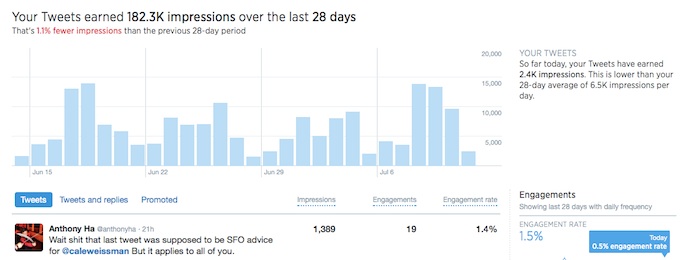MLB Home Run Derby 2014 Live Stream, Watch MLB Home Run Derby 2014 Online Free,
Watch MLB Home Run Derby 2014 Online, Watch Live MLB Home Run Derby 2014 Online,
Watch MLB Home Run Derby 2014 Live Online, 2014 MLB Home Run Derby Live
Streaming, Watch MLB Home Run Derby 2014 Free Online, Watch Free MLB Home Run
Derby Online 2014, MLB Home Run Derby 2014 Live Updates, MLB Home Run Derby 2014
Live Results, MLB Home Run Derby 2014 Full
Monday marks the start of the MLB All-Star break, the only stretch of
the year during which none of the four major sports are in action. But
that doesn’t mean sports bettors are taking the night off. Online
sportsbook Bovada
for Monday’s Home Run Derby, offering an idea of how the competition is
expected to shake out. We don’t encourage betting money on a
meaningless exhibition event like the Derby, but the betting odds
provide some interesting food for thought about the upcoming
competition.
As of noon Monday, Marlins slugger Giancarlo Stanton is the odds-on
favorite in the Derby with 3/1 odds. Stanton has 21 home runs on the
season, tied for fifth-most among MLB players. None of the four players
ahead of him – Jose Abreu, Nelson Cruz, Edwin Encarnacion and Mike Trout
– are competing Monday night, though Stanton will be up against fellow
NL All-Star Troy Tulowitzki, who also has 21 long balls on the year, and
Athletics’ third baseman Josh Donaldson, who has 20.
Perhaps the most curious odds belong to Yasiel Puig who, along with
Yoenis Cespedes, is just behind Stanton with 5/1 odds. Puig is a
prodigious talent, but the young Cuban star isn’t exactly mashing the
ball this year, with just 12 home runs on the season, fewest among this
year’s Derby contestants.
This year’s competition also features former winners in Cespedes, who
took last year’s Home Run Derby, and 2008 victor Justin Morneau. Of
course past wins are no guarantee of future performance: won in 2011, then failed to hit a single homer in the following year’s competition.
There is a three-way tie for the longest odds to win among Adam
Jones, Todd Frazier and Brian Dozier, who are all at 12/1. The low odds
of winning are likely more associated with a lack of national popularity
than power hitting; Frazier has 19 homers on the year and Dozier is
close behind at 18, good for the fourth- and fifth-most among Derby
competitors, respectively.
Other Derby-related bets on Bovada include the winner’s league (the
NL is favored at -130 to the AL’s even odds), which player will have the
most first-round homers (Stanton is favored at 3/1) or who will hit the
longest bomb of the opening round (Stanton again, at 11/4). There’s
also a long list of player-vs-player showdowns for those interested in
predicting the better competitor between Stanton and Tulowitzi, or even
Frazier and Dozier. We once again don’t suggest betting on the Derby,
but those interested in the latter bet would be smart to remember that
Dozier will be in his home park.
MLB Home Run Derby 2014 Live Stream, Watch MLB Home Run Derby 2014 Online Free,
Watch MLB Home Run Derby 2014 Online, Watch Live MLB Home Run Derby 2014 Online,
Watch MLB Home Run Derby 2014 Live Online, 2014 MLB Home Run Derby Live
Streaming, Watch MLB Home Run Derby 2014 Free Online, Watch Free MLB Home Run
Derby Online 2014, MLB Home Run Derby 2014 Live Updates, MLB Home Run Derby 2014
Live Results, MLB Home Run Derby 2014 Full
 '
'


















